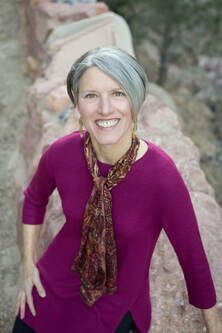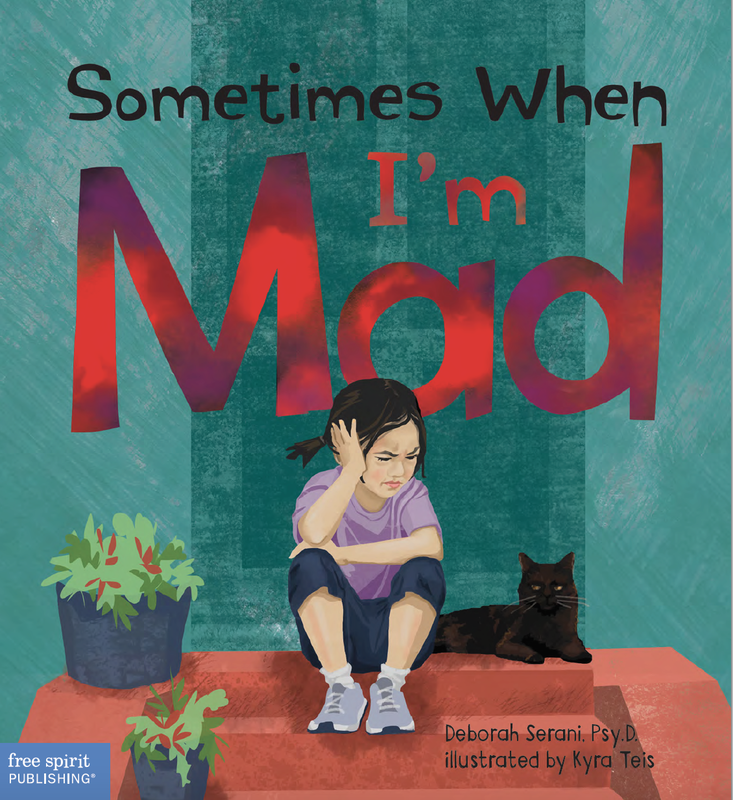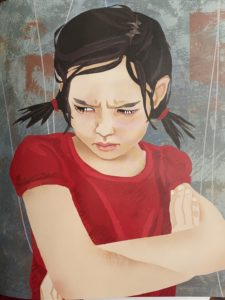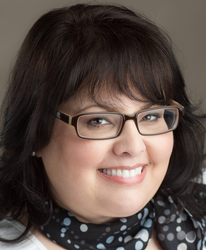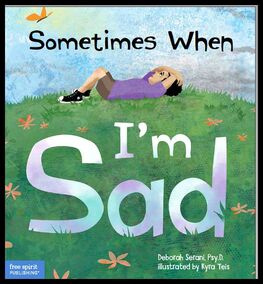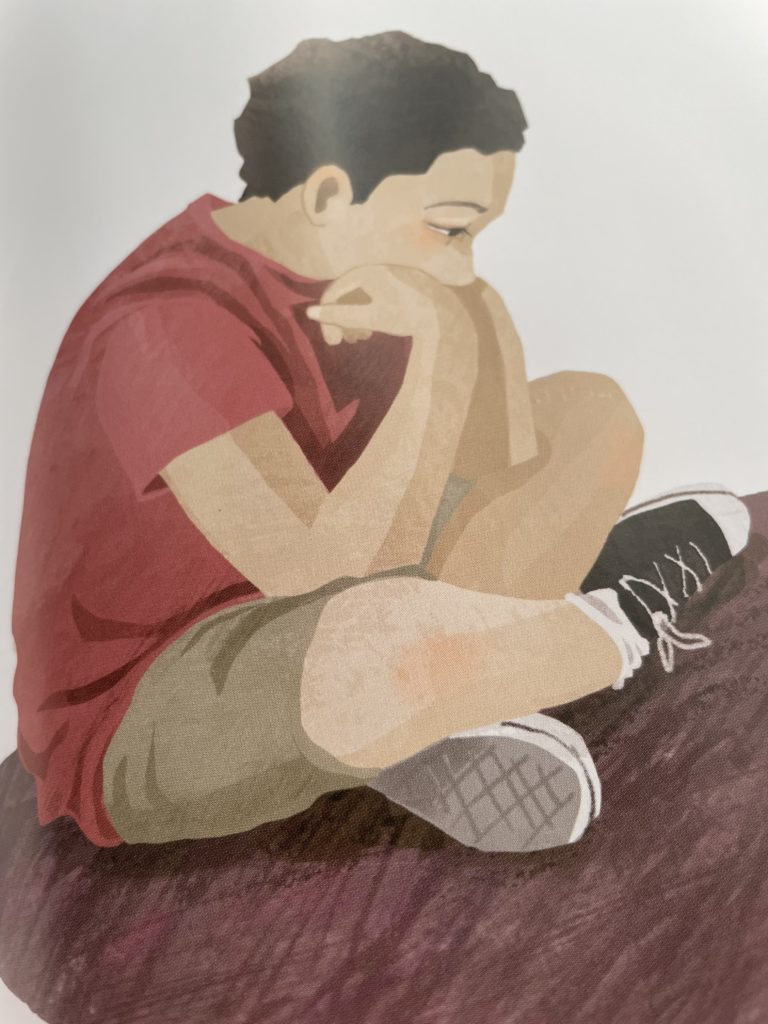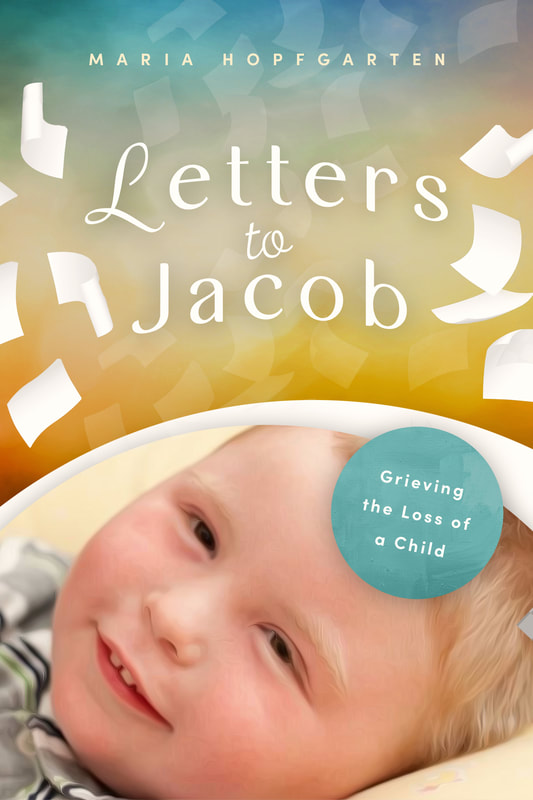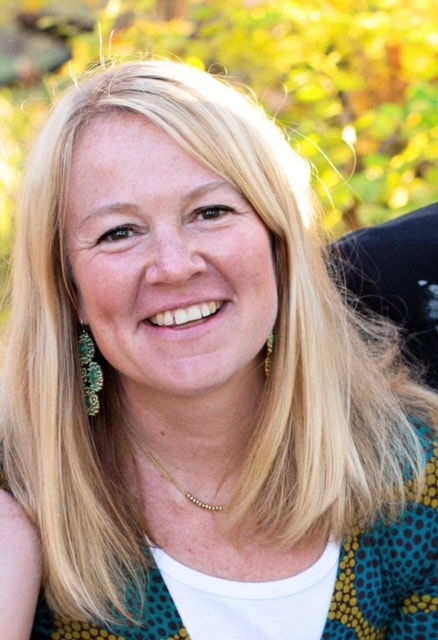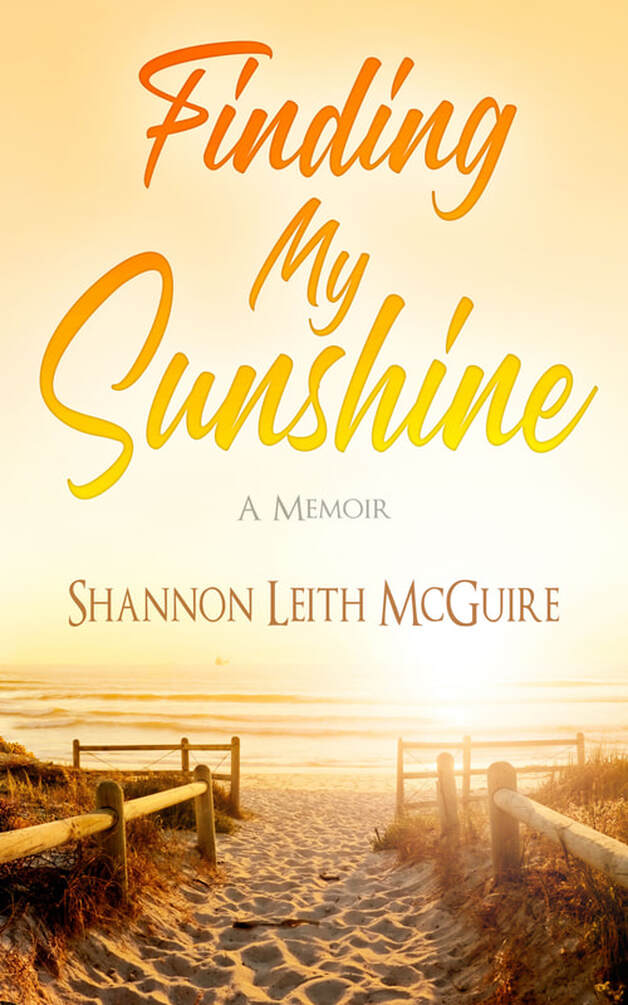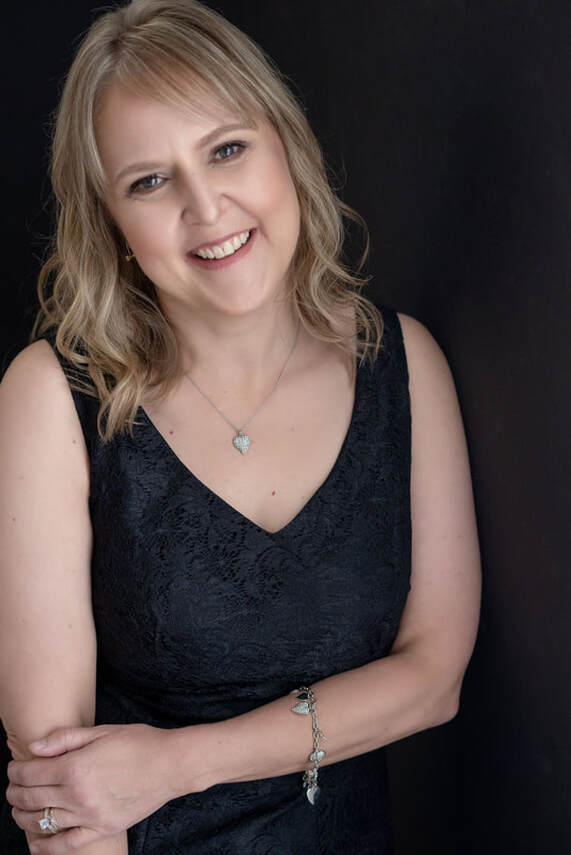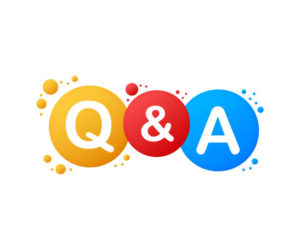YES! Midlife, and the major events that encompass the ages of 35-65, can be devastating or powerful for women. But we can choose to be awakened at this powerful time of life. This memoir is the story of Donna Daniell’s healing journey through the five stages of the midlife voyage-Lost at Sea; Finding a Mooring; Deep Diving; Rebirthing; and the New You-to find self-love, resilience, and feminine wisdom. It is also a roadmap for other women on the midlife journey, charting a course that transmutes challenges into inner rebirth and stepping into the power of the Wisewoman.
FIND YOUR OWN INNER STRENGTH – TAKE THE VOYAGE TO TRANSFORMATION!

Donna was overwhelmed often, and who could blame her—she had a lot on her plate. Peter, her first husband, checked out on her (physically and emotionally). He wasn’t an active parent or spouse. How and when he told Donna the marriage was over was cold.
When Donna married Brett, I thought she’d finally found her one true love. I was shocked at the completion of their marriage. He appeared to be the dad Julian needed and the spouse Donna deserved.
Donna, through all her emotional turmoil, discovered how to love herself. She found strength in mind and body. Heck, she climbed Kilimanjaro, and that is no easy feat.
I hope that Donna and Julian’s relationship continues to be close. I wish her luck in her yoga teachings and the next chapter of her life. She seems ready, willing, and able to tackle any obstacle (mentally and physically).
In summation, A Midlife Voyage to Transformation will inspire women to find their true happiness, regardless of relationship status. It might motivate some people to test their strength and try a task they’ve only dreamed of.
Believe in yourself. Love yourself. And remember, you control your fate.
Heart Rating System:
1 (lowest) and 5 (highest)
Score: ❤❤❤❤
BUY THE BOOK:
Amazon
add to goodreads
Meet the Author:
Donna Roe Daniell is a Licensed Clinical Social Worker in the state of Colorado and has had a private practice in the Boulder/Longmont area since 2005 called Balance Your Life Coaching & Psychotherapy. She has offered family therapy and individual trauma treatment using mind/body trauma tools such as mindfulness, yoga and IFS through her psychotherapy practice. Since 2015, she has focused her coaching practice for women in midlife on unique programs to specifically empower women going through major midlife challenges to grieve and rebirth themselves through the 5 stages of her Midlife Voyage to Transformation. Today, through her website, Donna offers on-line courses, Talks and live workshops, mp3 guided practices to support this book, and adventure and mindfulness retreats in nature for women wanting support to wake up, become unstuck, and find a transformative healing path through life’s challenges.

What was the most difficult part about writing your memoir?
Figuring out how and where to end it. I wasn’t sure how to show my “transformation” other than in showing how I lead women’s retreats for women in transitions. But, in the process of showing and creating that, I was continuing to develop new tools for continuing my developmental process as a “Sixties Woman” which I also felt was another chapter and an important part of my rebirth into my fuller wisdom and power. I left this out, ultimately and just showed the power of “nature practices” in the Afterward.
How did you choose which stories in your life to write about?
I let my heart guide what I wrote about. First, I wrote those first stories about my ancestors (my Great Aunt Bob and my Aunt Pat) who had influenced me to be more adventurous and find who I was as a young girl, teen and young adult. Then I wrote about my special sister Marjorie’s death and how that impacted me. That led me to my wonderful leap-experience of moving to Colorado at 24 and meeting my Aunt Bob’s best friend Eleanor Bliss who still lived in Steamboat Springs where I moved. Eleanor invited me totally into her life and I’ll never forget the impact that had on me. Then, I wrote about my first marriage, the joy of raising Julian, and the divorce. Then I had the perspective of what was missing in my childhood and how I found it in my move to Colorado. The rest of the stories and learning flowed from this.
Why did you decide to write a memoir instead of a guidebook for midlife? You say this is a guidebook and a memoir. Why?
I wanted to use more coaching terminology and make it more of a self-help book for women in midlife. My editor suggested that might be my second book, but it would be too distracting to the stories as I had lain them out so far. I took her advice, but I still feel there’s so much more I want to say about midlife and what I have learned from riding the waves and learning from each painful loss. Now, looking back, I think I portrayed more in “showing” rather than “telling.” What do you think?
How did your Therapist Part come out in the writing of your memoir? Other parts of you?
She guided me when I was writing the IFS chapter(Chap. 6) and shared her experience of learning the model and how it liberated my work as a psychotherapist. But I wrote most of this book from my Self-Leader who compassionately was holding and tenderly inviting all my other parts to come out and share their truths. This is the outcome of deep IFS work: To learn how to lovingly embrace, invite, negotiate with, and compassionately witness your parts daily from a deeply loving parental place (SELF LEADERSHIP) so they are free to be alive fully in your life.
How did you deal with the deeply emotional conflicts & feelings of your relationships over and over again in order to write about these events for others? Was it healing or re-traumatizing?
It was sometimes healing and sometimes re-traumatizing. It depended on what Part was coming forward when I was writing and how I worked with her. In trauma therapy we learn that talking and relating the same painful story over and over again actually re-traumatizes you and drops the trauma deeper into your nervous system. It’s better to tell your story from the actual parts who experienced the traumatic experience and now hold the pain. For example, when I was writing about my divorces, I tried to let my “angry wife” and “mother” parts speak a bit, and then show how I worked with, comforted them or dialogued with them, from my Self-Leader. In the first 6 chapters, I really dropped into speaking from many of my parts knowing I was choosing to give them room and attention that they needed to tell their stories.
I hear writers often say that the book wrote itself in some way, that the writing process took on a life of its own. Did that happen for you in writing this memoir?
Yes, as I spoke about this earlier, the second half of the book wrote itself because I realized it was leading me to something I needed to learn about my relationship with my mom. I had to relive and re-feel my mom’s death and her experience with bringing in compassion to herself, through Melissa, her powerfully loving caregiver, so that I could find some sense of letting go or forgiveness to flow. This process helped my own self-compassion to grow enough so I could face and allow the paradoxical grief and joy that I was feeling about so many things: choosing to end my second marriage, my son’s distance from me, and being released by my mother finally. Each time I got stuck, I just went back to my heart and what it was showing me about how to keep loving, allowing grief to flow, and staying open to it all.
What is your next project?
I think I want to tell the stories of women on the self-compassionate healing path through grief. Their stories of how grief works in and through them and how they come out on the other side.
I want to talk about how we Crones or Wise Women of this moment are called to do this grief work and how to find our wholeness through deep eco-dharma practice: Inner and outer work.
connect with the author:



